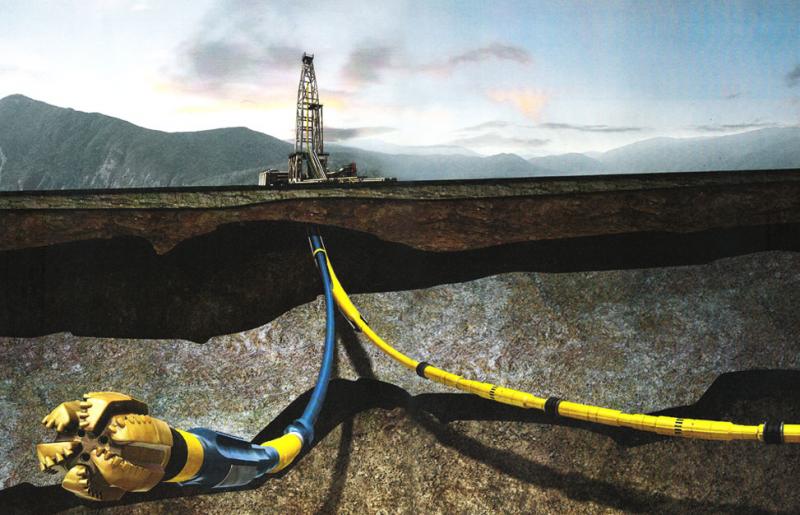The Future Of Subsurface Exploration Looks Promising With The Widespread Adoption Of Directional Drilling Services
Subsurface exploration plays a crucial role in various industries, including oil and gas, mining, geothermal energy, and civil engineering. Traditional drilling methods have limitations in terms of accessibility and accuracy, often leading to costly and time-consuming operations. However, the advent of directional drilling services has revolutionized the field, enabling more efficient and precise exploration of subsurface resources.
Directional Drilling Services have overcome the limitations of conventional vertical drilling by providing enhanced access and reach to subsurface resources. With the ability to drill at various angles and navigate complex geological formations, these services allow exploration in previously inaccessible areas. By extending the reach of drilling operations, directional drilling enables the exploration of deeper reservoirs, untapped hydrocarbon deposits, and unconventional energy sources.
One of the significant advantages of directional drilling services is their ability to provide increased accuracy and precision during subsurface exploration. Advanced drilling techniques, such as rotary steerable systems and measurement-while-drilling (MWD) technologies, allow real-time monitoring and control of the drilling process. This enables operators to adjust the drilling path dynamically, ensuring precise targeting of specific subsurface formations and minimizing the risk of drilling in the wrong direction.
Directional Drilling Services offer significant cost and time efficiencies compared to traditional drilling methods. By drilling multiple wells from a single drilling pad, companies can reduce the need for costly infrastructure and minimize the environmental impact. Furthermore, directional drilling reduces the overall drilling time by eliminating the need for multiple vertical wells and the associated time-consuming operations such as rig mobilization. The streamlined operations result in faster exploration, reduced downtime, and enhanced project economics.
The oil and gas sector uses Wireline Services, commonly referred to as electrical cabling technology, for reservoir evaluation, pipe recovery operations, and intervention procedures. In order to provide real-time, precise, and quantifiable data, these services use multi-strand cables to transport equipment into wells for functions including data collecting and boosting well performance. One of the main factors propelling the expansion of the worldwide wireline services market is the increase in ongoing drilling and completion activities.
The future of subsurface exploration with Directional Drilling Services extends beyond the oil and gas industry. These services have promising applications in other sectors, including mining, geothermal energy, and civil engineering. In mining, directional drilling can be employed to access ore bodies located at depth or in complex geological formations. It allows miners to extract resources with minimal disturbance to the surface environment. In geothermal energy and Green Energy, directional drilling can facilitate the extraction of heat from deep underground reservoirs, expanding the potential for renewable energy generation. Moreover, directional drilling can be utilized in civil engineering projects such as tunneling and underground infrastructure development, where precise subsurface exploration is critical for ensuring structural stability and optimal design.
